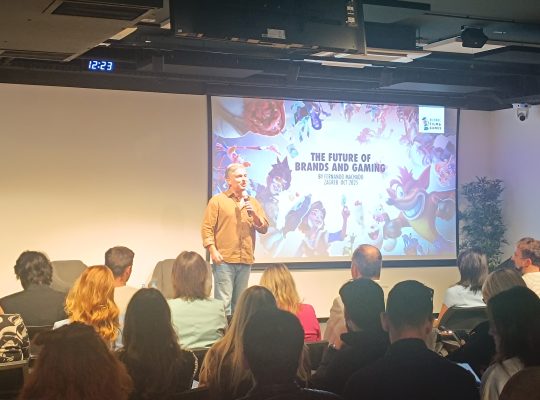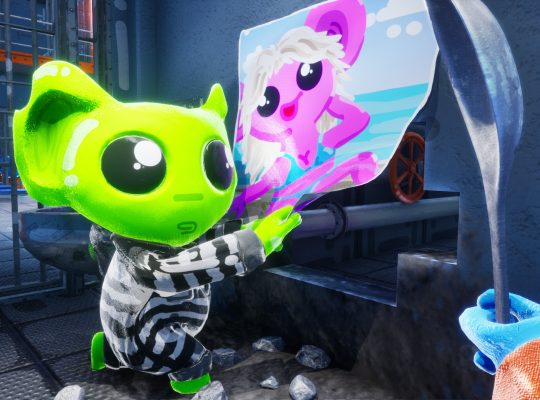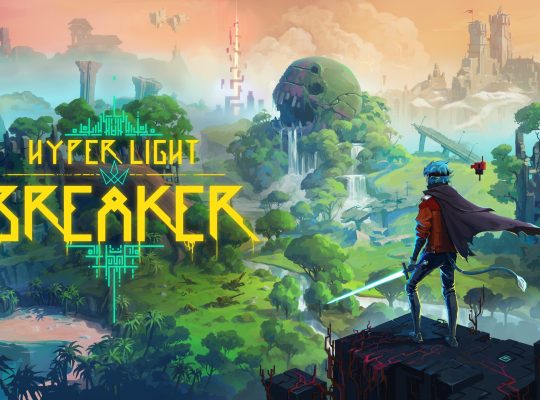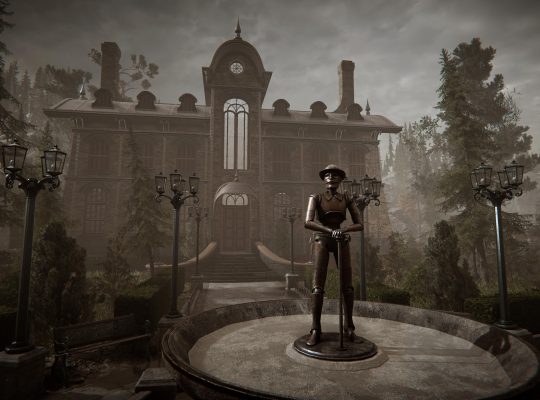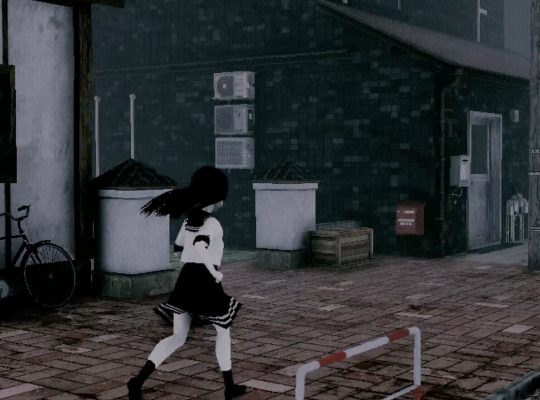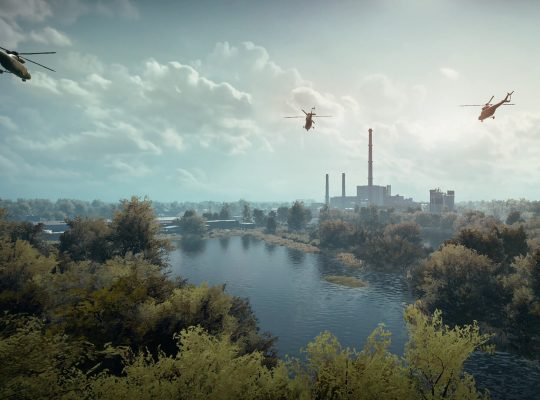The lecture by Thierry Van Gyseghem, held at the Blend: Film & Games Conference last week and based on 15 years of experience in the game industry (including work on Baldur’s Gate 3), presents a powerful appeal for a paradigm shift. It is time to transition from an era of hyper-specialization to a need for hybrid animators capable of bridging the gap between cinematic and gameplay animation.
Thierry Van Gyseghem began his career in the film industry, but a lack of job security led him to the gaming industry (Larian Studios, working on Divinity 2). This experience taught him that the existing mindset had to be redefined. While years of learning convinced us to hyper-focus on one area, the reality of globalization means competing with millions of people worldwide, creating pressure for a race to the bottom in terms of labor cost. This logic causes burnout and a feeling of being undervalued. The conclusion is that we must urgently redefine how studios hire and deploy their people.
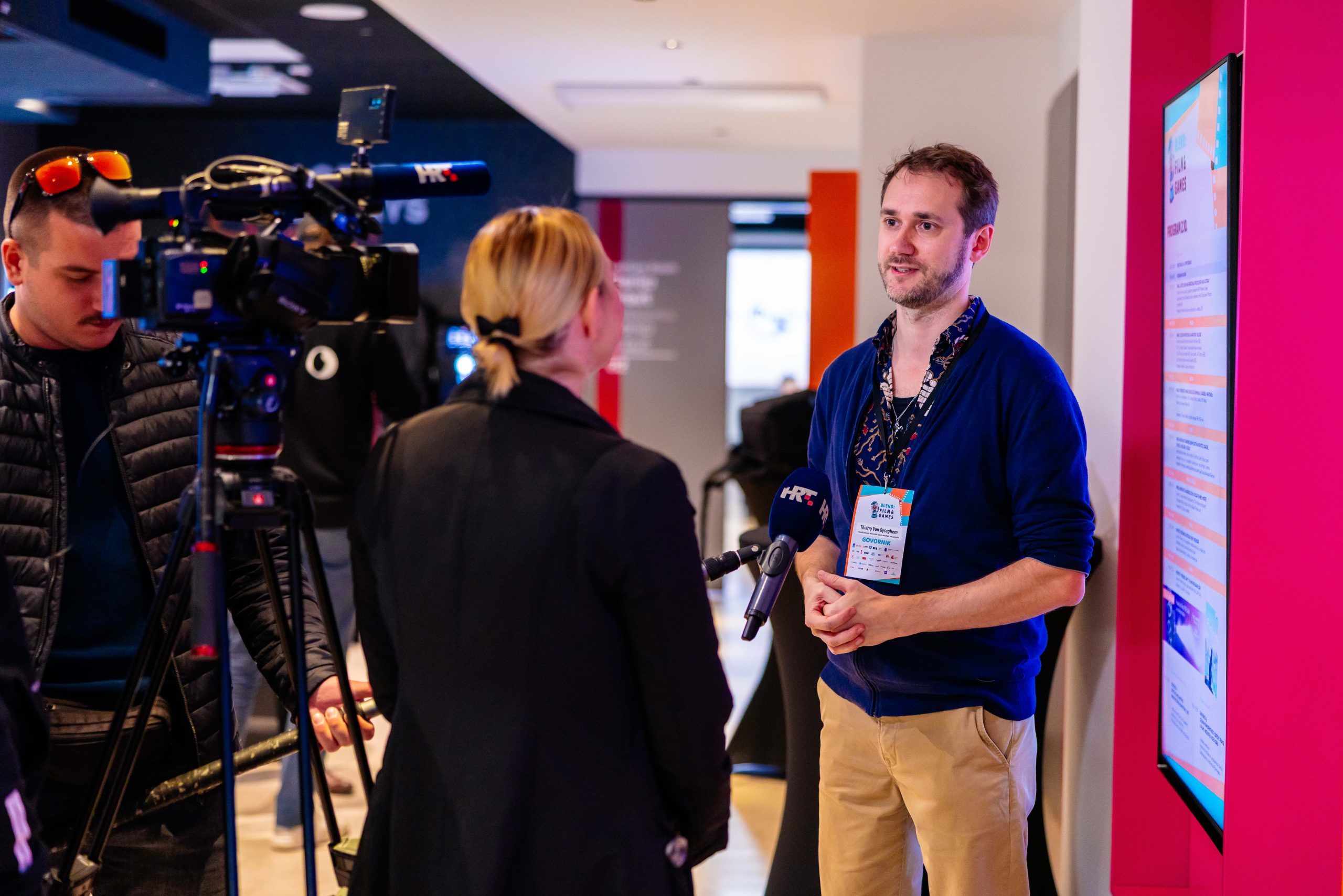
Industry Trends and the Cost Explosion
“A cultural shift merging film and games is underway. On one hand, games are becoming narratively driven, with increased investment in cinematic content and immersive storytelling. On the other, film is constantly exploring interactivity. Simultaneously, player expectations grow with every new generation of games, with titles like Baldur’s Gate 3 setting new quality standards”, said Van Gyseghem during the lecture.
These high expectations lead to a cost explosion. The increasing blend of player agency, immersion, and cutscenes means that due to the numerous permutations of story choices, all narrative branches must be captured via motion capture (mo-cap). This requires actors and cinematic production, driving costs into the millions. As a result, large companies are forced into “fat-cutting” measures, which unfortunately leads to layoffs and makes it harder for animators to find work.
The way out of the crisis lies in merging the two previously separate worlds of animation. Cinematic animation is linear and directed, focused on emotional context, performance, and micro-details. Gameplay animation is systemic and reactive, focused on player agency, impact, and functionality. According to Van Gyseghem. combining these elements yields powerful results:
- Merging a narrative and systemic approach creates an advanced, choice-based dialogue system.
- Translating emotional context into the reactive world creates a living world where NPCs aren’t just quest-givers.
- Combining micro- and macro-details achieves higher quality.
- Furthermore, expressiveness and agency together create a powerful character identity, while linear consequences and impact allow for the creation of genuine consequences in a story that can be written or rewritten on the fly.

The Hybrid Animator Profile and the Decentralized Pipeline
Van Gyseghem emphasised that studios must seek a hybrid animator who thinks about the entire process: “Such an individual must be narratively aware, capable of bridging gameplay and cutscenes for a seamless experience, and must think systemically to translate a linear event into branching animation. They must also be extremely detail-oriented and understand the needs of both worlds, for example, being aware of gameplay restrictions when designing cinematic scenes.”
The key structural change is the transition from an industrial to a decentralized pipeline. The classic pipeline creates vertical silos of specialization (one person only does mo-cap, another does facial animation). The decentralized pipeline gives a single animator ownership over an entire segment: from character visualization and working with the actor on mo-cap, all the way to integrating and revising their own work within the game.
This model brings strategic advantages for studios according to Van Gyseghem:
- Animators can explore a wider career spectrum (from storytelling to R&D), which encourages growth and retains talent.
- Generalized animators can flexibly switch from gameplay tasks (which peak earlier) to cinematic tasks (which peak later). This prevents teams from sitting idle and allows the studio to achieve higher capacity during key moments, as happened toward the end of Baldur’s Gate 3‘s production.
- Knowledge is disseminated, preventing a crisis if a “principal” person leaves the studio. This also makes the company more resilient to AI, as artificial intelligence cannot build bridges, collaborate, and oversee the entire pipeline the way a flexible hybrid team can. Instead of fighting AI, studios must be flexible and integrate it into a pipeline where humans supervise, communicate, and ensure fluidity.




